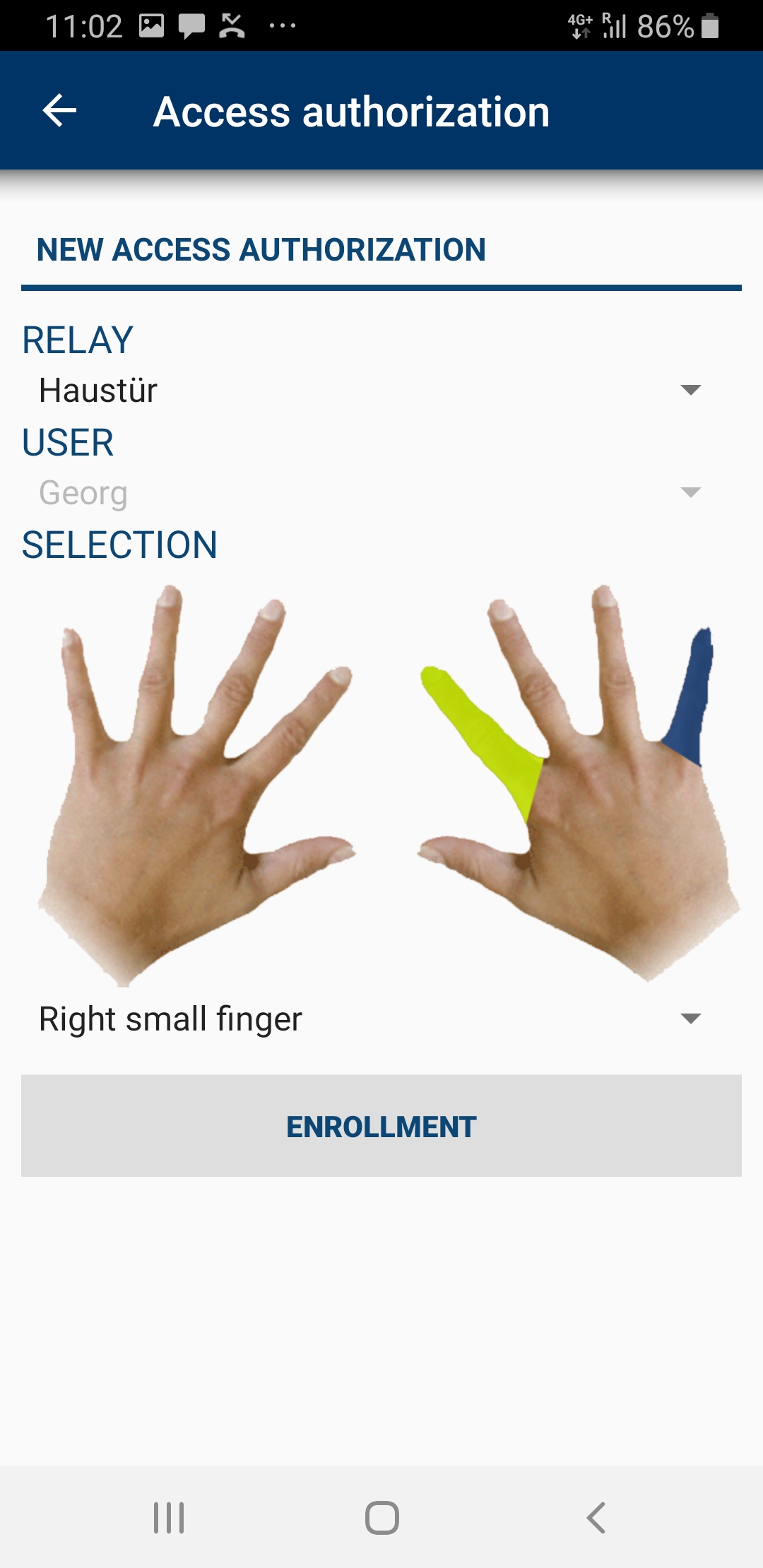In addition to a smartphone app, homeowners look forward to another physical control method, such as a button on the wall or a remote control. Data analytics is becoming more critical for insightful information. Meanwhile, the whole system is still fragmented and confusing.
In addition to a smartphone app, homeowners look forward to another physical control method, such as a button on the wall or a remote control.
Data analytics is becoming more critical for insightful information. Meanwhile, the whole system is still fragmented and confusing.
Using fingerprint sensing or facial recognition to unlock smartphones has become our daily routine. Some smart homes and buildings are also integrating the technology as an access method.
Austrian company ekey
biometrics systems presented its fingerprint sensing in the smart home setting at ISE 2020. Each finger of the user, through easy programming, can be used to trigger different controls in a smart home. For example, the thumb fingerprint can play a favorite
 Ekey Biometrics Systems
Ekey Biometrics Systems
Spotify playlist, the index fingerprint can unlock the door, and the middle fingerprint is for locking the door and activating the alarm system.
“We are seeing the fingerprint scanner as a start button for the intelligent home. By swiping the finger across scenarios, it triggers different scenes for different people and applications,” said Georg Schaffer, Head of Export at ekey biometrics systems.
In other words, our fingerprints have started to be used for some physical buttons mounted on the wall in the ekey biometrics systems. A more high-tech design uses fingerprint sensing, while a more traditional control method is through buttons.
Although almost every smart home device can be controlled via an app, most people aren’t feeling comfortable to open different apps for various control purposes. Some people even want to get rid of their phones while at home.
Regarding this, Control4 has shown another possible destination of a smart home – a dedicated remote control device for the home.
The Neeo remote, launched by Snap AV, is a light-weighted aluminum-covered remote control for Control4 smart home system. It offers a touchscreen display for controlling smart home devices, such as smart speakers to play Spotify music, smart thermostat and smart lighting. Meanwhile, physical buttons for volume and channel adjustment are still included.
“A touch screen here is for the people who want to personalize their smart home experience. But hard buttons are still better for adjusting volume and channels,” said Kordon Vaughn, Senior Director Controller Products at Control4. “People will use dedicated devices to do more things at their home.”
Data analytics becomes crucial
As more connected devices are installed at homes and buildings, how the
data is collected and used becomes significantly important, either for users or for managers.
“Every building users and owners want to know everything about this building. To be able to anticipate, proactive maintenance and optimize building usages,” said Joachim De Backer, International Sales Project Manager, Light & Controls, Steinel.
For a private home, it might be another story. While the younger generation usually give their data to third parties for some benefits with little hesitation, the older generation has more concern in regard to privacy issues. They don’t want to have applications on various clouds at home.
To cater to this need, Gira, for example, offers the Gira S1 Home Server using a private VPN network instead of a cloud solution. The smart home system only connects to the internet in order to connect to the smartphone or for the electricians to do programming. Other than that, the home system isn’t touching the internet server, keeping the data ownership on the device.
“Security is important for Gira. However, it’s difficult now to find enough system integrators and electricians. The market is growing and growing, but we don’t find enough people with good training and good knowledge of KNX in the staff market in Germany,” said Karl Harald Kleinert, Dipl.-Ing. Trainer Gira Academy at Gira.
 Neeo Remote
Neeo Remote
Fragmented, similar solutions and ununited shareholders
Although most companies see the smart home and building positively, there are still some barriers standing on the way of growth.
“Smart home market is still fragmented. Many companies offer solutions that address the same needs. For end-users, it’s not easy to understand which solution to choose,” said Georg Schaffer, Head of Export at ekey biometrics systems.
There are many solutions and many systems in the smart home and building market. Besides that, many products and systems are using similar terms to sell their offerings. It isn’t helping end-users to make purchasing decisions.
“We need consumers to trust us as an industry,” said Mark Warburton, Technical Director at Ivory Egg, a KNX distributor in the UK.
Furthermore, suggested Warburton, there’s a tendency in the industry to make things complicated.
“As an industry, all of us have responsibility, including manufacturers, integrators and associations, to think about the use of a building. It’s not just one person who’s paying for it, it’s everybody in the building is using it,” said Warburton.
Joachim De Backer, International Sales Project Manager, Light & Controls from Steinel has also addressed a similar challenge. But in a higher level of perspective – to unite all shareholders for adopting a smart home or smart building system.
“A building is often operated by different people. Also, in new constructions, there are many stakeholders. All need to be on the same level of awareness and understand the benefits of
smart building solutions. That’s our biggest challenge – to be able to provide correct messages to all stakeholders,” said De Backer.